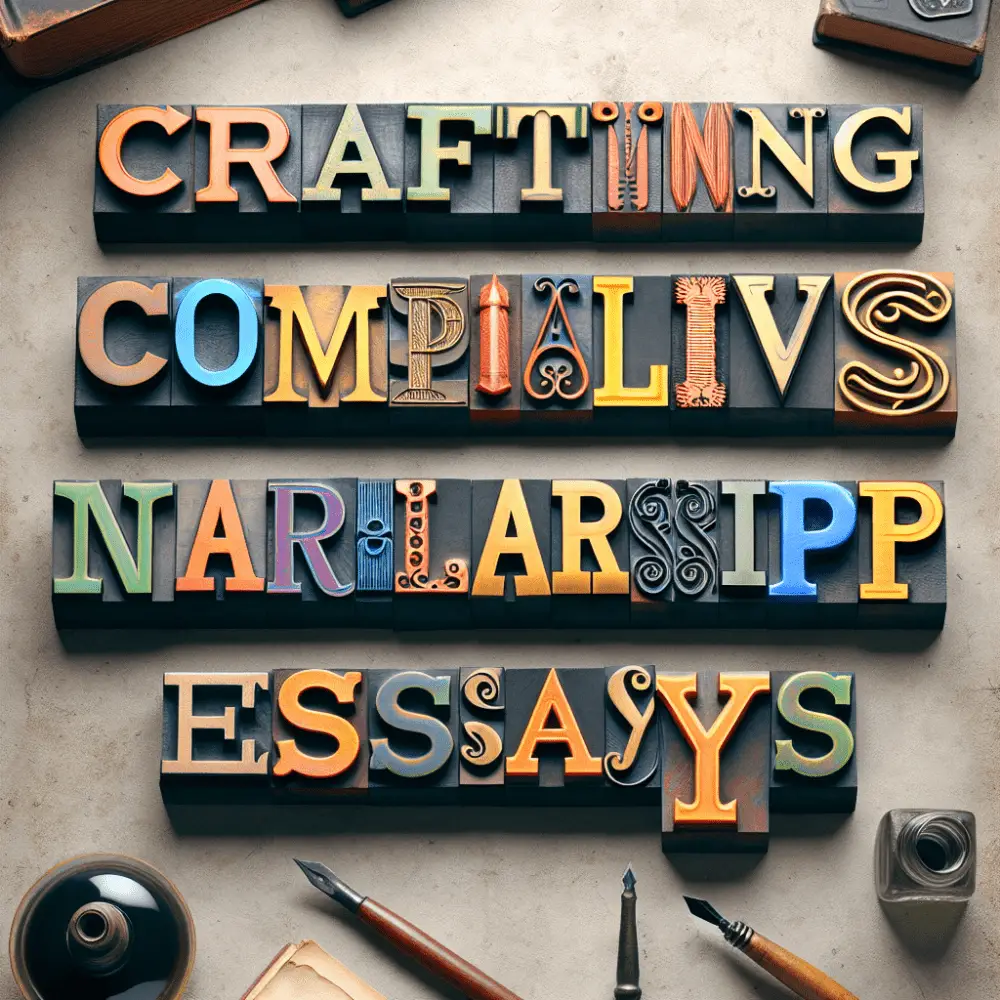
Scholarship essays often serve as the gateway to educational opportunities, acting as a bridge between a student’s aspirations and their academic goals. A well-crafted narrative can distinguish an applicant from the crowd. But what makes storytelling so powerful in these essays? How does one effectively weave a tale that captivates and convinces scholarship committees? This article explores the art of storytelling in scholarship essays, providing practical advice on creating compelling narratives that resonate.
The Power of Storytelling
Humans are innately drawn to stories. From ancient myths to modern novels, narratives have always been a fundamental way for people to share experiences and convey meaning. In scholarship essays, storytelling serves several purposes. First, it engages the reader, making the essay more memorable. Second, it humanizes the applicant by providing insight into their personal journey. Lastly, it allows students to demonstrate their values and character through real-life examples.
Understanding Your Audience
Before diving into writing, it’s crucial to understand who will be reading your essay. Scholarship committees typically comprise educators and professionals seeking candidates who align with their organization’s values and objectives. They look for individuals who not only excel academically but also demonstrate qualities like leadership, perseverance, and community involvement.
Knowing this, students should tailor their narrative to highlight characteristics that the committee values. This does not mean fabricating stories but rather selecting experiences that showcase relevant traits.
Choosing a Compelling Story
The heart of any good narrative is an engaging story. When brainstorming ideas for your essay, think about moments in your life that have shaped who you are today. These could be challenges you’ve overcome, experiences that taught you important lessons, or achievements that you’re particularly proud of.
For example, if you’re applying for a scholarship focused on leadership, consider recounting an experience where you took charge in a difficult situation or led a project successfully. If community service is highly valued by the scholarship provider, share an impactful volunteer experience.
Structuring Your Essay
A well-structured essay is easier to read and more likely to leave a lasting impression. Here’s a simple structure to follow:
Introduction: Begin with an attention-grabbing opening sentence or anecdote related to your story’s main theme.
Body Paragraphs: Develop your story with clear examples and details while maintaining focus on the main theme.
Conclusion: Summarize what you’ve learned from your experiences and how they have prepared you for future challenges.
Each section should flow smoothly into the next, creating a cohesive narrative from start to finish.
Introduction: Setting the Stage
The introduction sets the tone for your entire essay and should capture the reader’s interest immediately. Start with something intriguing—a quote that resonates with you, an interesting fact about yourself, or an engaging anecdote related to your story’s central theme.
For instance: “As I stood at the podium addressing my peers at our high school graduation ceremony—a position I never thought I’d attain—I reflected on how overcoming my fear of public speaking had transformed me into someone capable of inspiring others.”
This opening line sets up a story about personal growth while immediately capturing attention through vivid imagery.
Body Paragraphs: Developing Your Narrative
This section is where you flesh out your story with specific details and examples while staying focused on demonstrating qualities valued by the scholarship committee.
If discussing overcoming adversity helped shape who you are today:
- Describe specific challenges faced.
- Explain steps taken towards resolution.
- Highlight lessons learned during this process.
Example: “Growing up as one of five children raised solely by our mother meant finances were always tight; however, rather than allow circumstances to dictate outcomes, I found ways to contribute to our household.”
Such specifics provide clarity, making the applicant’s journey relatable and authentic, establishing an emotional connection between the writer and reader, which significantly enhances overall impact.
Conclusion: Reflecting and Looking Forward
Your conclusion ties everything together, summarizing key points made throughout the essay and reflecting upon the significance these experiences hold regarding future aspirations and goals, ensuring coherence across the entire narrative arc.
Reiterate major themes discussed earlier, reinforcing the importance of those moments in shaping your current self and emphasizing your readiness to tackle new challenges.
Example: “These experiences have taught me that resilience isn’t just the ability to bounce back but also the strength found in persevering amidst uncertainty. As I pursue a degree in engineering, I aim to apply the same tenacity learned from navigating previous obstacles, transforming innovative solutions into real-world problems, ultimately contributing positively to society at large.”
Such reflections help conclude the narrative on a strong note, leaving a lasting impression on committee members evaluating submissions based on the merit and substance conveyed, ensuring the applicant stands as a strong contender for receiving the desired award after all the hard work put forth in crafting a compelling, persuasive piece that perfectly encapsulates the essence of a true storyteller.
By following these guidelines and thoughtfully considering each element discussed, aspiring scholars can craft remarkable essays that captivate their audience and showcase their best selves, maximizing their chances of securing scholarships. This enables them to pursue their passions and dreams unhindered by financial constraints, opening doors to infinite possibilities and eagerly anticipated success stories waiting to unfold on the horizon.


















I am a Tanzanian. I completed my masters specialized in Linguistics. I applied and
accepted to study in USA the doctorate level in leadership. I am looking for the full funded scholarship to fulfill my dreams.
Finding a fully funded scholarship for your doctoral studies in leadership in the USA is an admirable goal. As you are already accepted into a program, you have a solid foundation to build on. Here are some suggestions and steps you can take to secure funding:
1. **University Funding Packages:**
Many universities in the USA offer financial aid packages that may include tuition waivers, stipends, and assistantships. Contact the financial aid office or your department’s graduate coordinator to inquire about available funding options.
2. **Graduate Assistantships:**
Look for teaching assistant (TA), research assistant (RA), or graduate assistant (GA) positions at your university. These positions often come with stipends and tuition remission.
3. **Fellowship Programs:**
Many institutions and organizations offer fellowships specifically for doctoral students. Some prominent fellowship programs include:
– Fulbright Foreign Student Program
– Joint Japan/World Bank Graduate Scholarship Program
– AAUW International Fellowships
– Rotary Foundation Global Grant Scholarships
4. **Government and International Organization Scholarships:**
Look into scholarships offered by international organizations such as the United Nations, World Health Organization, or regional bodies like the African Union.
5. **Professional Associations:**
Professional organizations related to leadership or your field of study often have scholarship opportunities for graduate students:
– The International Leadership Association offers various awards and scholarships.
– The Academy of Management offers fellowships and grants for business-related fields.
6. **Private Foundations:**
Private foundations also provide scholarships for international students pursuing higher education in the USA:
– The Ford Foundation Fellowship Programs
– The Soros Fellowships for New Americans
7. **Networking:**
Utilize platforms like LinkedIn to connect with current students or alumni of your program who may know about additional funding opportunities.
8. **Local Organizations in Tanzania:**
Sometimes local businesses, non-profits, or government agencies in Tanzania may offer scholarships or sponsorships for Tanzanian students studying abroad.
Remember, persistence is key when applying for scholarships. Tailor each application to align with the specific requirements and goals of the scholarship providers. Also, consider reaching out directly to scholarship committees or administrators if you need further guidance on how to strengthen your application.
Good luck with your search!